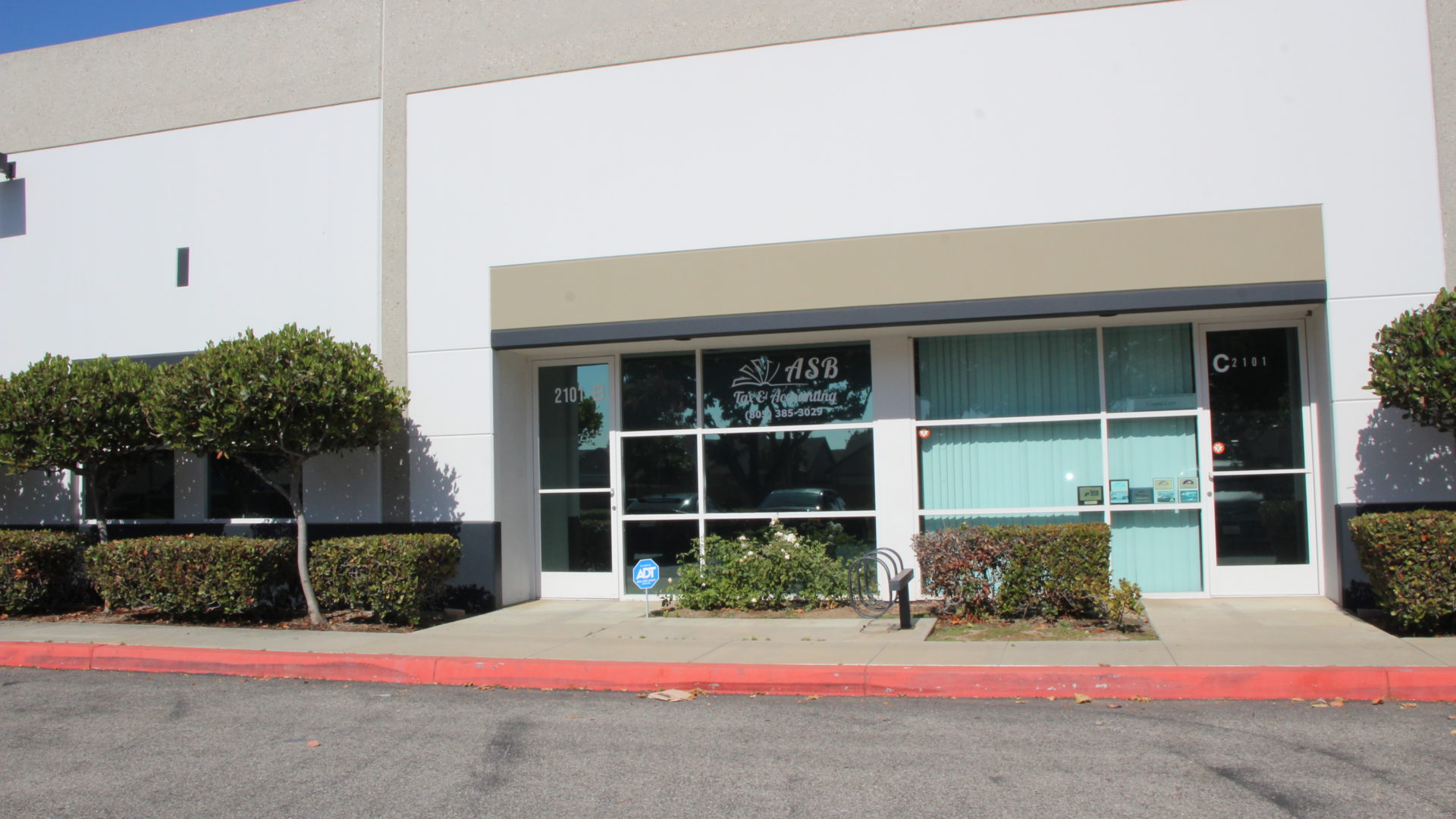How to Create a Solid Retirement Plan
Having a solid retirement plan is essential for ensuring a financially stable and worry-free future. As life expectancy increases, it is crucial to prepare adequately for the post-retirement years. A good retirement plan not only allows you to enjoy your golden years but also provides the security and peace of mind necessary to live without financial worries. In this article, we offer practical advice on how to create a solid retirement plan that will help you achieve your long-term financial goals.
To begin, it is essential to define your retirement goals. Ask yourself how you want to live when you retire. Do you wish to travel, pursue hobbies, or simply enjoy time with your family? Setting clear goals will help you determine how much money you will need to save. Additionally, consider factors such as inflation and medical expenses that may increase with age. Having a clear vision of your needs will enable you to better estimate the amount of money required.
Another key aspect of creating a solid retirement plan is evaluating your current financial situation. Analyze your income, expenses, savings, and debts. Understanding your financial situation will allow you to make necessary adjustments to maximize your retirement savings. If you have debts, try to reduce them as soon as possible, as this will free up more money for saving and investing. Additionally, establish a budget that allows you to consistently allocate a portion of your income to retirement savings.
Starting a specific savings plan for retirement is a crucial strategy. Take advantage of retirement savings accounts, such as 401(k) plans in the United States, or their equivalents in other countries. These plans not only allow you to save money efficiently but also offer tax benefits that can increase your savings. Contributing regularly to these accounts and maximizing your contributions when possible is an excellent way to ensure a stable financial future.
Diversifying your investments is another important strategy for creating a solid retirement plan. Do not put all your savings in one type of investment. Instead, spread your funds across a variety of options, such as stocks, bonds, mutual funds, and real estate. Diversification reduces risk and increases the chances of achieving good long-term returns. Consult with a financial advisor to design an investment portfolio that aligns with your goals and risk tolerance.
Regularly reviewing and adjusting your retirement plan is essential. Life changes, and your financial needs may also change. It is advisable to review your retirement plan at least once a year and make necessary adjustments. If you receive a salary increase, consider increasing your retirement plan contributions. Similarly, if you experience changes in your expenses or financial situation, adjust your plan to stay on track towards your goals.
In addition to saving and investing, it is important to consider planning for social security benefits. Understanding how and when to claim these benefits can significantly impact your retirement income. Research the available options and choose the strategy that maximizes your social security benefits. This may include delaying benefits to receive larger payments or coordinating with your spouse to optimize combined income.
Another important measure for creating a solid retirement plan is considering the purchase of life and health insurance. Good life insurance can provide financial security to your loved ones in case of your death, while adequate health insurance will cover medical expenses that may arise with age. Investing in these insurances can protect your retirement savings and ensure that your medical and family needs are covered.
Continuous financial education is vital. Stay informed about economic trends, investment options, and savings strategies. Participating in seminars, reading books, and consulting with financial experts will help you make informed decisions and keep your retirement plan up-to-date and effective.

